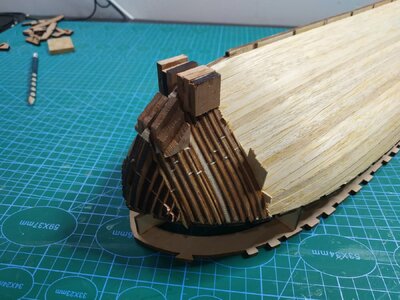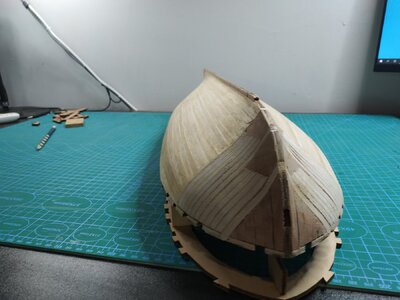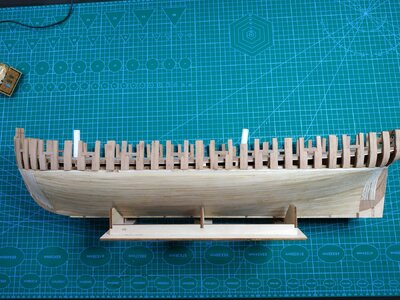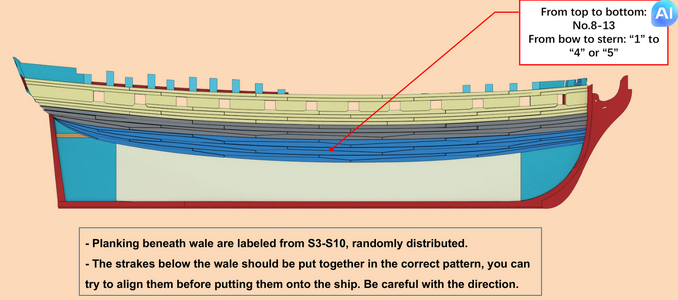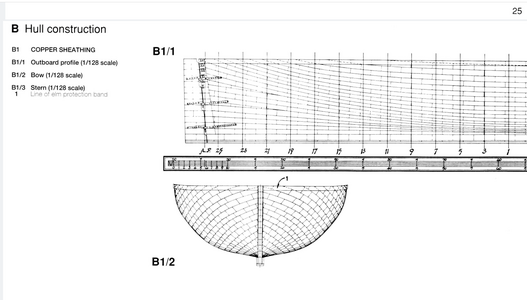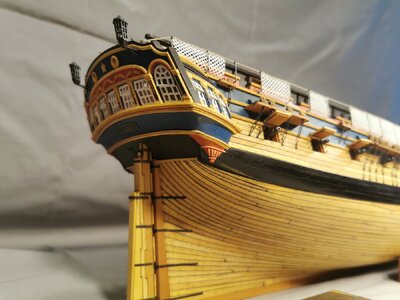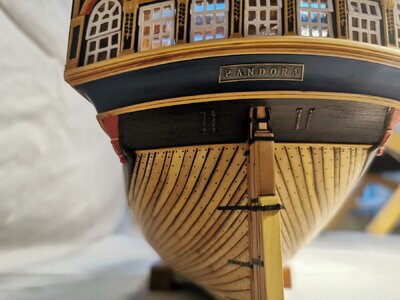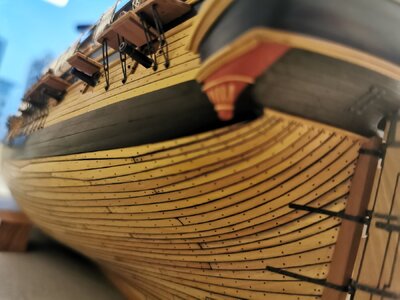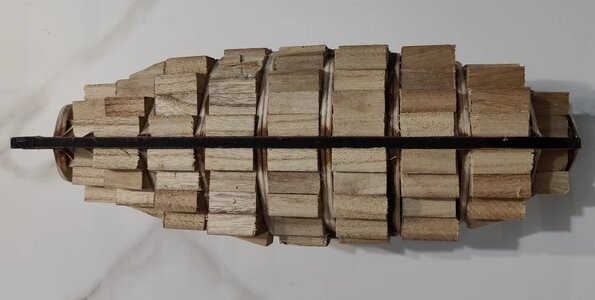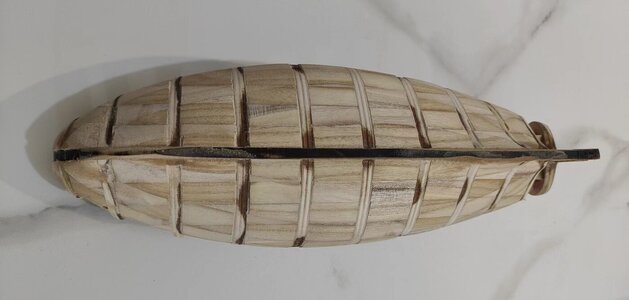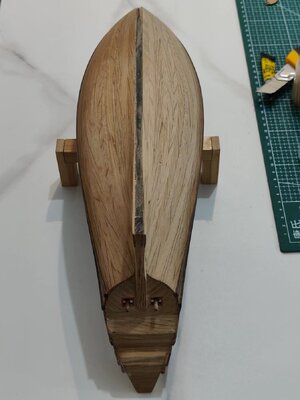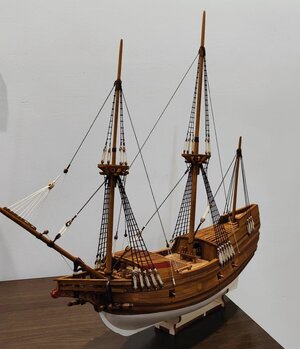Dear Steve. Welcome to my build log - I will try my best to provide answers to your questions.
New construction techniques:
Initially, I also had my reservations about this as I do like an all-wooden construction. On other versions of
@Modelship Dockyard models, the company has used a different route to shape the hull at the bow and stern and to create the gunports (see below)
View attachment 432099
Test-build of Le Cygne 1
View attachment 432100
Test build of Le Cygne 2
View attachment 432101
Test build of Le Cygne 3
However, "the-times-they-are-a-changing" and if there is a better and more cost-efficient way of achieving the same results, then why not? If I had never shaped a bow and stern from wood before, then I probably would not have gone this route, but seeing that it is something which I have done on numerous occasions, I now wanted to try something else (even if it means using CA glue which I am really not a fan of.)
Wale Planking:
View attachment 432102
Here are the "locked scarph joints" as shown by MacKay.
View attachment 432103
And here is the way that the wales are planked on the kit.
Yes, there is a difference, but seeing that the kit uses ebony wood for the wales (which make it difficult to see the finer details in any case), it is not something that I am going to lose any sleep over.
Hull Coppering:
According to McKay, the Pandora's hull was coppered. The illustration below, was taken directly from the Anatomy.
View attachment 432104
However, this is not something that I will do. If I can get my planked hull to look like the one in the picture below, I am not going to cover it with coppering.
View attachment 432105
View attachment 432106
View attachment 432107
As to how well the pre-cut deck pieces will go together, you will have to bear with me as there is still some way to go before, I reach that point. On the parts I have assembled so far (false keel, false decks and bulkheads), the accuracy has been superb!
I trust this answers some of your questions. If you have any more, please feel free to ask and - once again - welcome to the log.

 Aspects like the upside-down bulkheads, getting practice to work with the resin filler pieces and trying to allay my dislike of CA, were the main considerations for choosing this model. But seeing that you mention Wikipedia, I would have to opt for the part that states "curiosity and desire for knowledge". That there will be both positive and negative outcomes, is inevitable I suppose.
Aspects like the upside-down bulkheads, getting practice to work with the resin filler pieces and trying to allay my dislike of CA, were the main considerations for choosing this model. But seeing that you mention Wikipedia, I would have to opt for the part that states "curiosity and desire for knowledge". That there will be both positive and negative outcomes, is inevitable I suppose.

